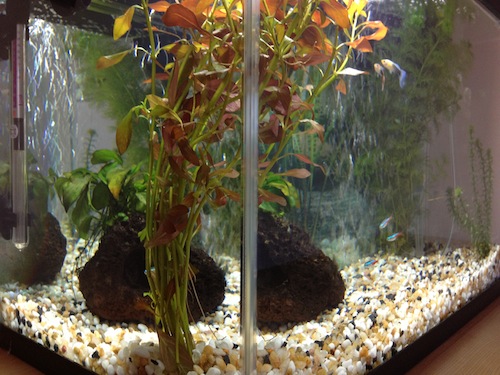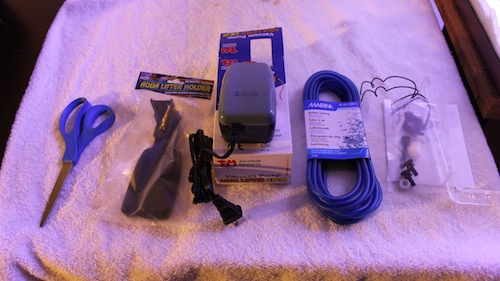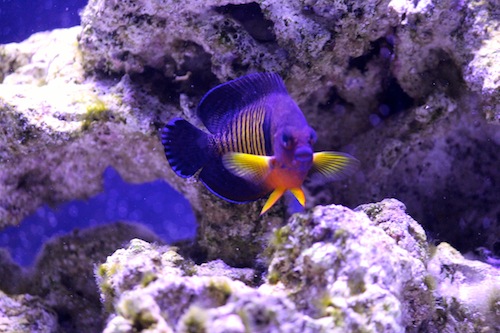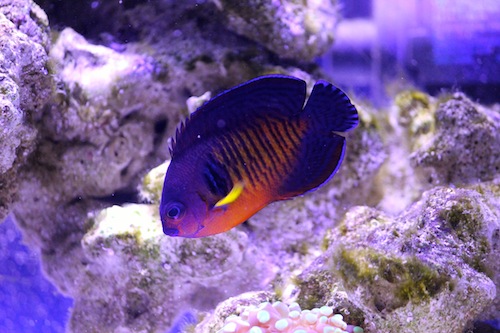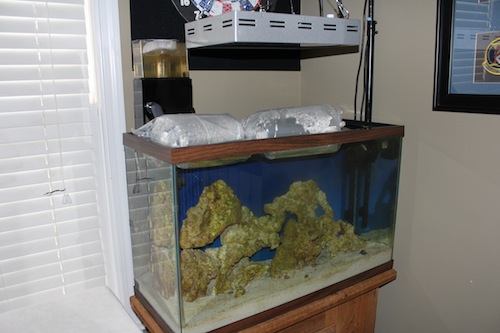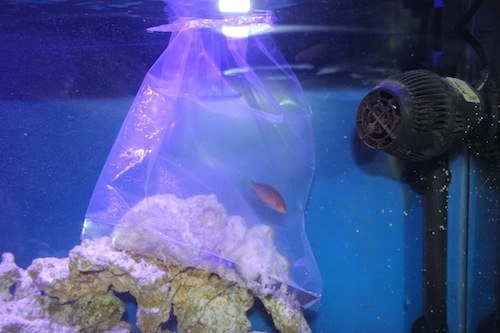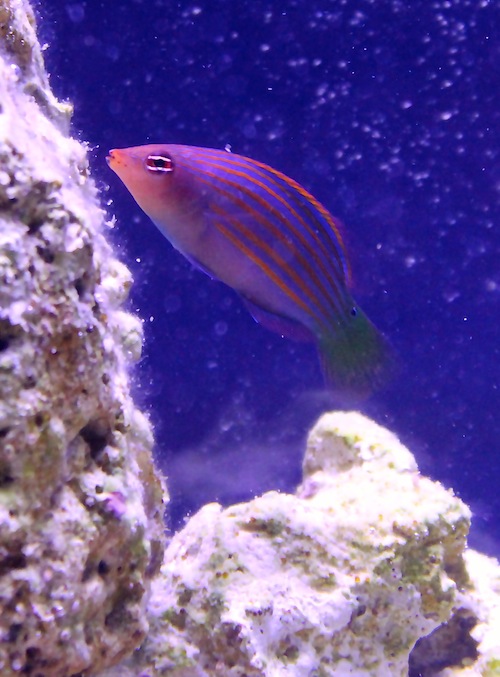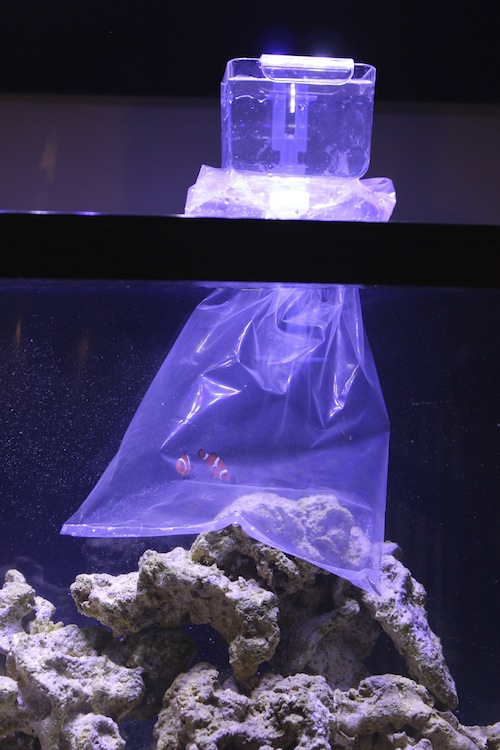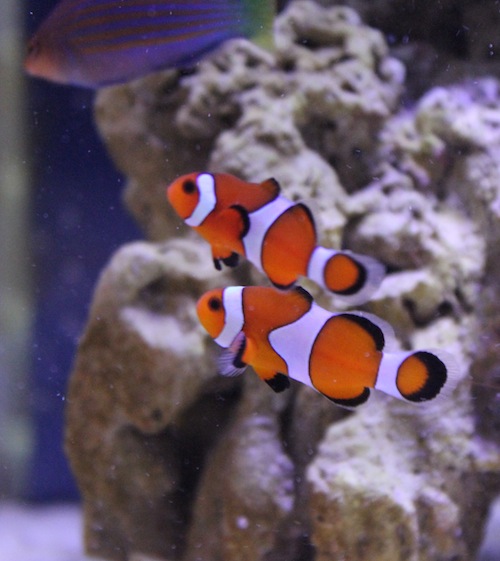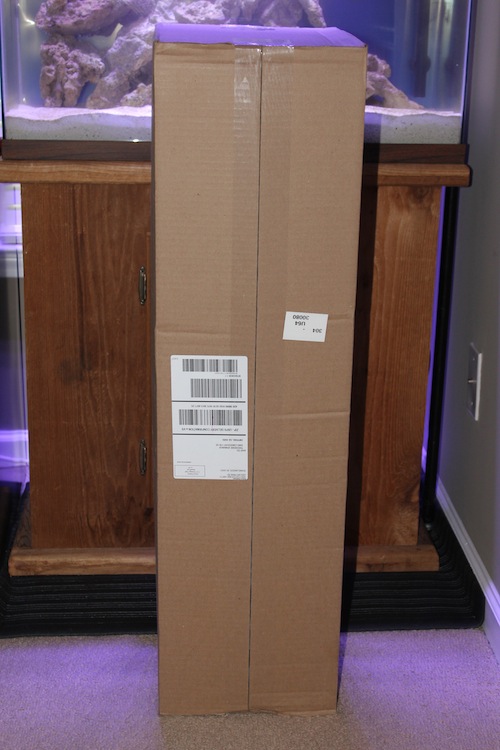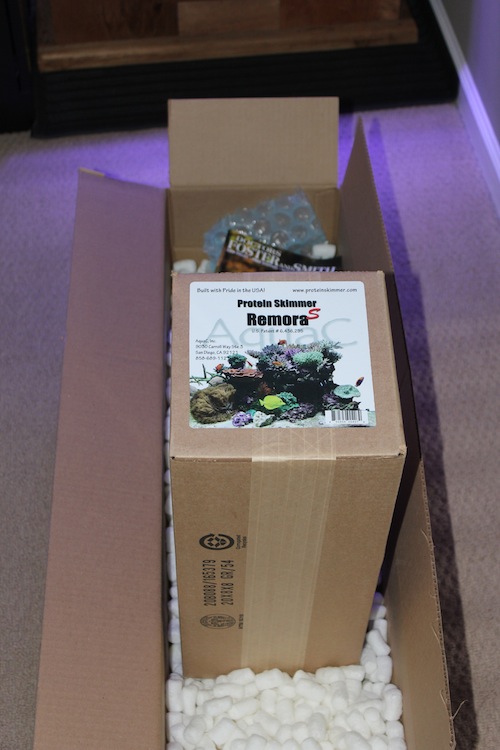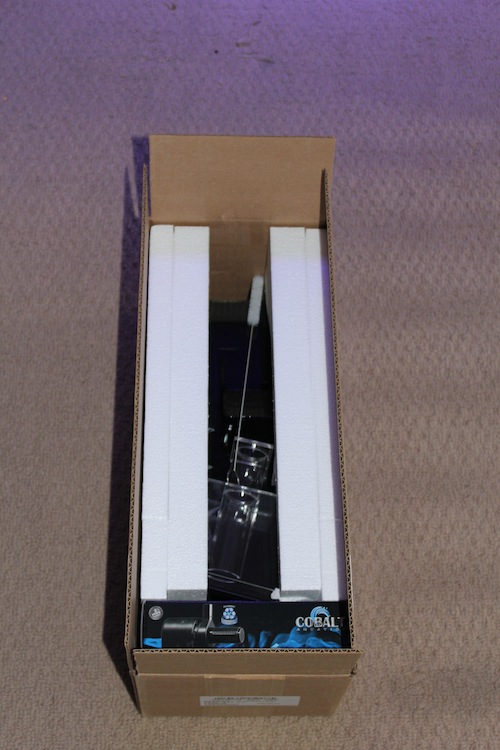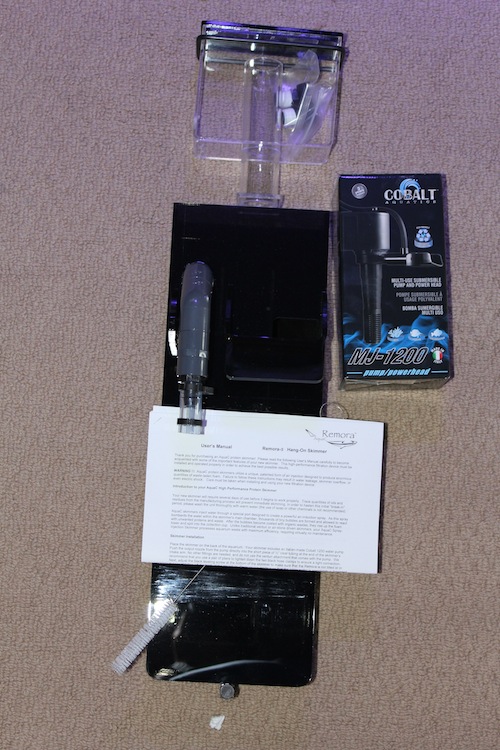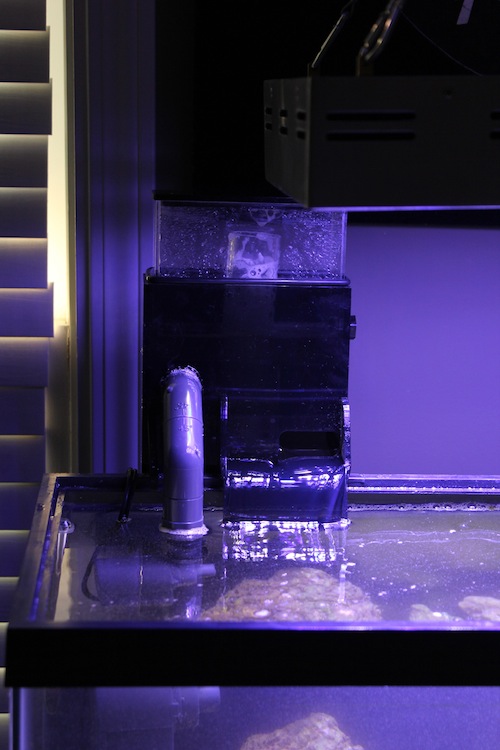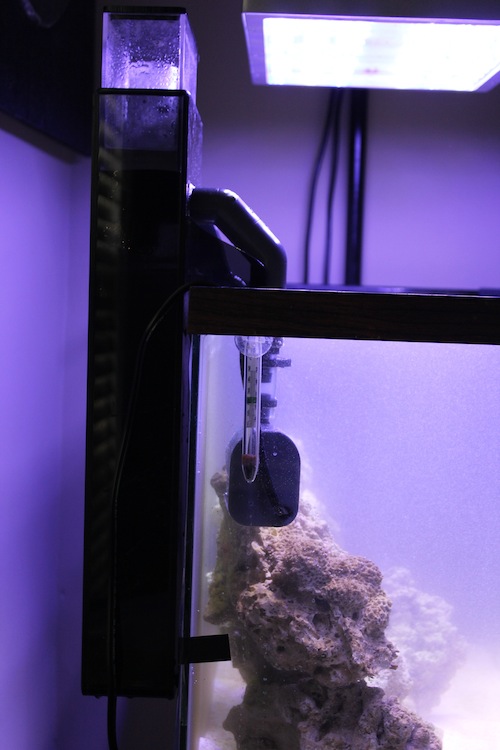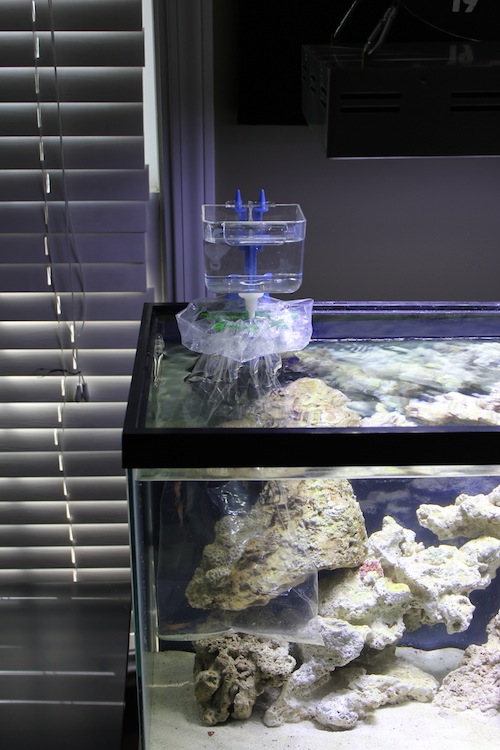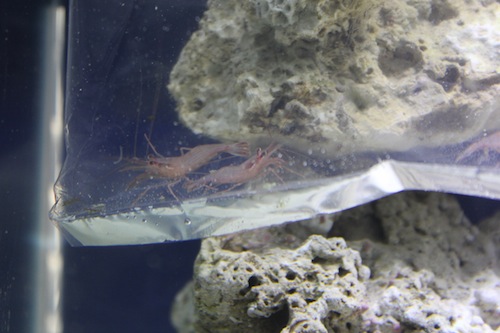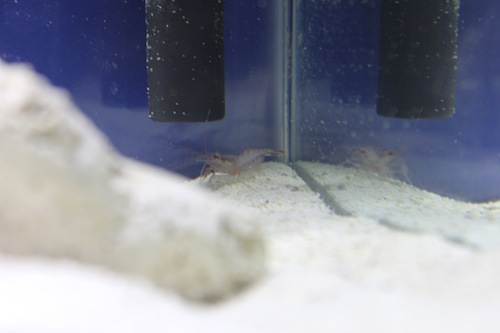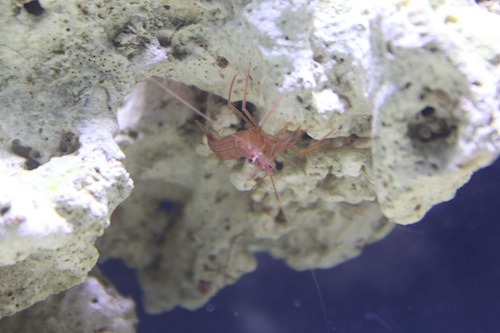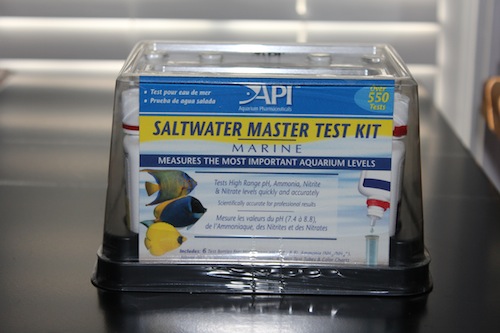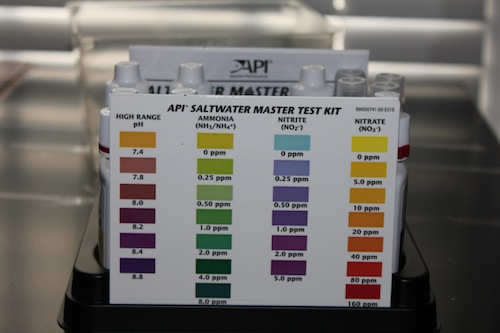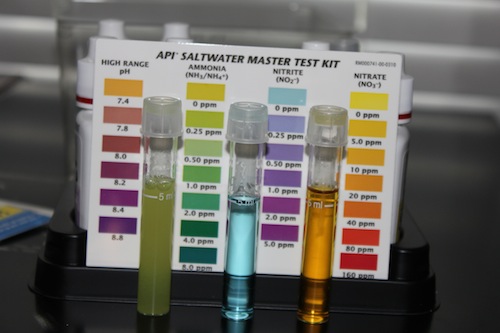If you follow along here at Aquarium Tip Tank you know that I have been going through the process of setting up a 30 gallon saltwater aquarium. A couple weeks ago, I decided that it was time to start adding a cleaner crew to the tank. At that point the aquarium had been cycling for about 5 weeks, there had been a few nice diatom blooms, and it was time to add some hardy invertebrates that like to feed on some of the algae.
As with any livestock that is going to be added to an aquarium, I needed to make sure that all of the members of the cleaner crew were acclimated to the conditions of my saltwater aquarium. I started to investigate and do some research into ways to make my own acclimation system until I did a quick search on Amazon. There, I found the Doradon Aquarium Acclimation System for only $20.
Sure, I could’ve gone to the hardware store and found some small diameter tubing, a drip valve, and all of the other materials necessary for this project. However, I probably would’ve spent $20 or more at the hardware store and a whole lot more than the 2 days that Amazon takes to deliver items to my doorstep.
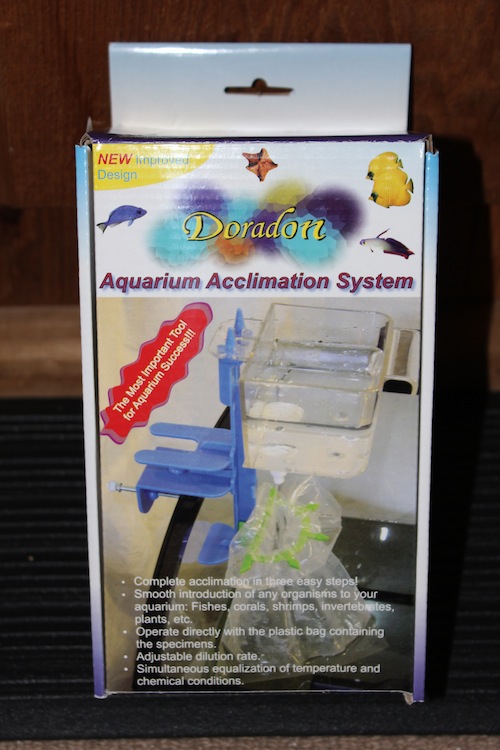
The Doradon Acclimation System all boxed up
The Doradon Aquarium Acclimation System allows users to equalize new aquarium livestock to both the temperature and chemical conditions of your fish tank simultaneously. It holds the bag that your local fish store sent your new fish, coral, shrimp, or invertebrate home in, allowing it to float in your aquarium water to equalize temperature while keeping the top of the bag open to equalize the chemical conditions by dripping water from your tank into the bag.
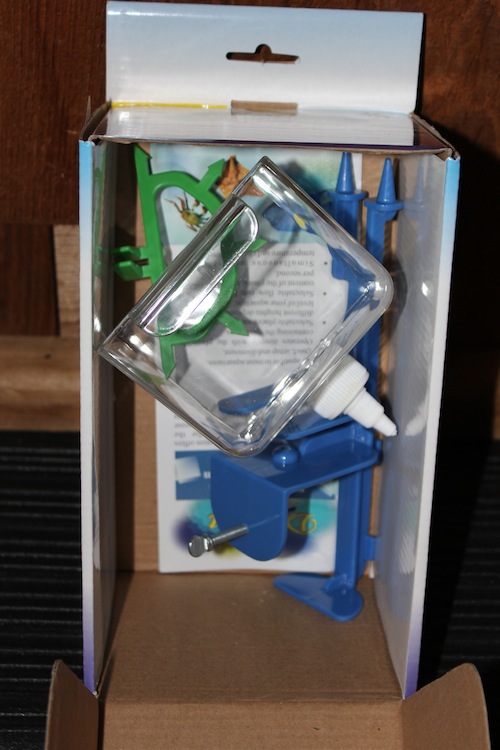
Opening the Box of the Doradon Aquarium Acclimation System
The Doradon Aquarium Acclimation system includes all of the necessary parts and pieces to hang an open bag in your aquarium water and drip your aquarium water into the bag. All of the parts and pieces are also different colors! This helps make the included instructions easy to follow. The three main parts are the blue aquarium frame with the silver thumb screw, the green bag holder, and the clear dripping cup with flow control nozzle.
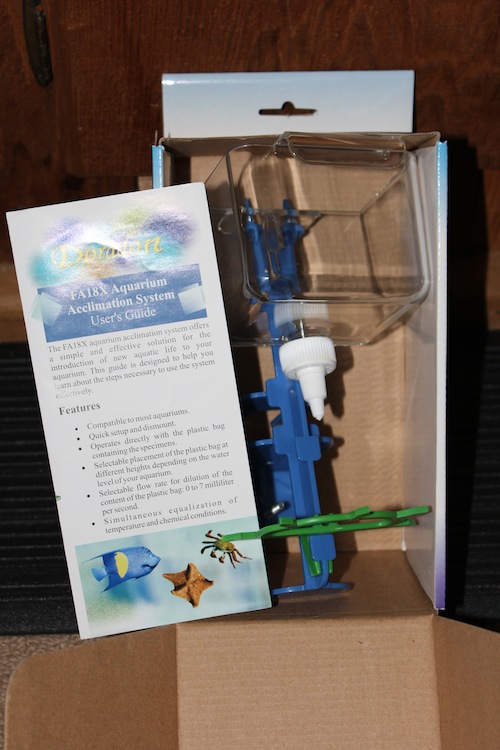
The parts assembled with the directions, but still in the box.
Above, you can see all of the parts assembled. The green bag holder has a hook that slides onto one of two spots of the blue aquarium frame. The clear dripping cup has two holes at the back that allow it to slide onto the pointed cup supports at the top of the blue aquarium frame.
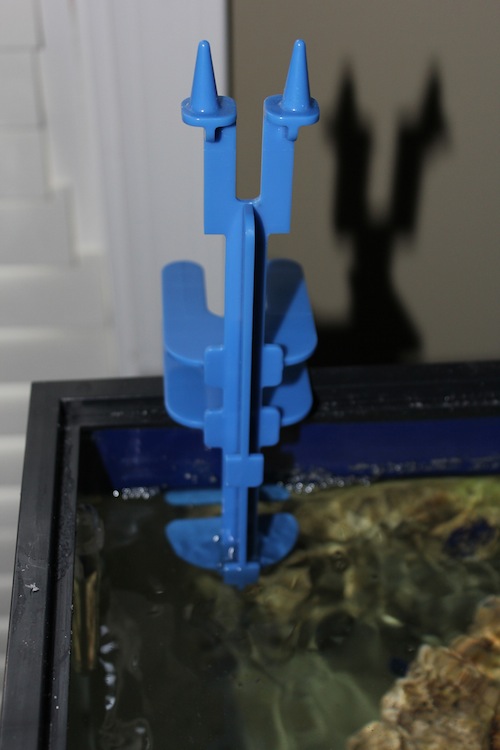
Blue Aquarium Frame on the Tank
To start getting the Doradon Aquarium Acclimation System on the tank, you should first put the blue aquarium frame on one wall of your aquarium by itself.
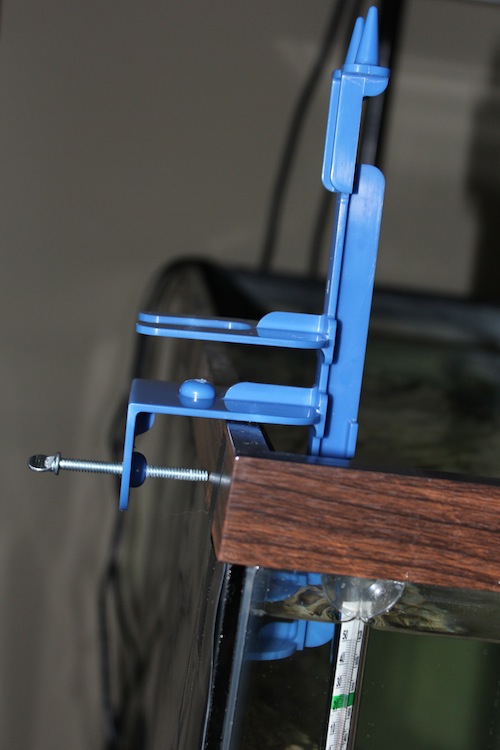
Thumb Screw Used to Keep the Aquarium Frame Upright and Level
The thumb screw allows the acclimation system to be used on various aquarium wall thicknesses. Adjust the thumb screw so that the blue aquarium frame stays upright and level on your fish tank with a little bit of pressure pulling the aquarium frame forward. After all, you’re eventually going to hang a bag with livestock in it from this frame. You don’t want it tipping over, and ruining your plans to acclimate your livestock.
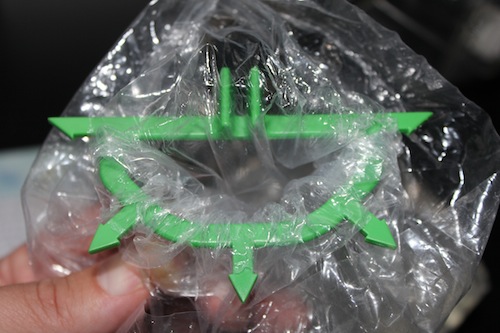
Livestock bag attached to bag holder.
The next step is to pull the top of the livestock bag through the bottom of the green bag holder, open the bag and wrap the open end of it out and around the outside of the green bag holder. Use the pointed arrows of the green bag holder to poke holes in the top of the livestock bag so that it can be held securely by the green bag holder.
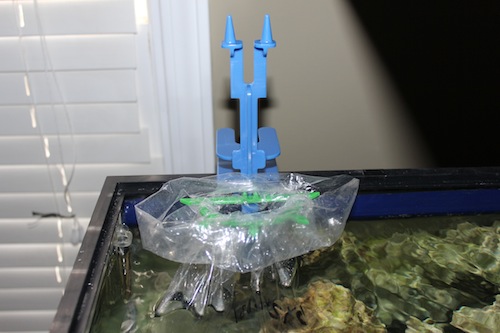
Livestock Bag floating in Aquarium water and being held by the green bag holder and blue aquarium frame.
Next, you can pick the green bag holder up with the livestock bag attached to it, and slide the hook on the back of the bag holder over one of the holder supports on the blue aquarium frame. At this point, you should have a bag of livestock floating in your aquarium water with the lights off. The temperature is equalizing, and its time to start equalizing the chemical conditions with the drip cup!
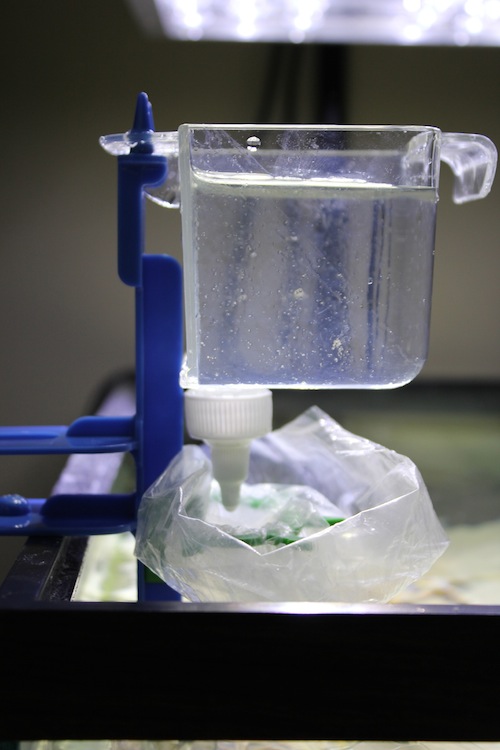
Dripping Cup with Aquarium Water hung from Aquarium Frame and dripping into livestock bag.
All you have to do is dip the dripping cup into your fish tank to collect some of your aquarium water, hang the dripping cup on the blue aquarium frame of the Doradon Aquarium Acclimation System, and adjust how fast your aquarium water drips into the livestock bag using the flow control nozzle at the bottom of the dripping cup.
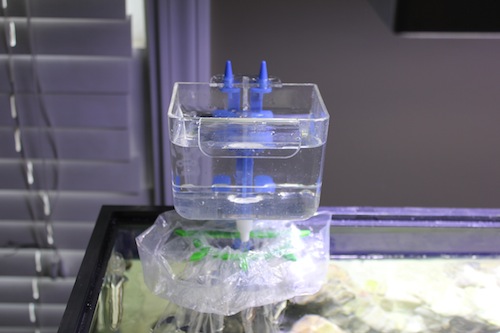
Acclimation to your Aquarium Conditions in Process
Now, just let the acclimation system do its work for at least 15 to 20 minutes. If there is still water in the dripping cup after 15 to 20 minutes, just leave everything alone until the dripping cup is empty. I actually like to let everything acclimate for about 30 to 45 minutes. The temperature will come to equilibrium in about 15 to 20 minutes, but it usually takes a little longer for the chemical conditions to equalize.
I hope you made it this far because I have a couple more aquarium tips about acclimating your livestock. First, use a quarantine tank. No, a quarantine tank may not be absolutely necessary for your first round of cleaner crew. However, a quarantine tank should definitely be used for every fish that you place in your display aquarium. Yes, I’ll admit that I’m guilty of not always using a quarantine tank with new fish, but you never know what kind of disease, parasites, and stress the fish store has given the fish that you just brought home. That disease will quickly spread to the rest of your fish tank and you’ll end up scrambling to set up a quarantine tank to keep your display aquarium alive and thriving. Its much easier to just use a quarantine tank first, get rid of all the fish diseases, then acclimate from your quarantine tank to your display tank.
Second, acclimate livestock that comes from different tanks and systems of your LFS separately. For example, you may stop by your LFS and pick up a cleaner crew from one tank or tank system while also picking up a fish from another tank or tank system. Or maybe you purchase a fish from one wall of your LFS and another fish from another wall of your LFS. Do not put them in the same bag and acclimate them together. Acclimate livestock from different aquarium systems separately. Sure, that one wall of tanks in your LFS is probably working off of the same filtration system with the same sump, protein skimmers, filters, etc. The other fish that you get from that other wall of tanks is probably running off of an entirely different system and the water characteristics may be different. Acclimate them separately and they will go through a much safer, and less stressful acclimation process.
Finally, acclimate between every tank. Acclimate between your LFS and your quarantine tank, and acclimate between your quarantine tank and your display tank. Your fish and your aquarium will be much happier, and much healthier if you take just a few simple steps.
Putting fish in your aquarium? How do you acclimate them to your tank? Leave comments below.
TJ
